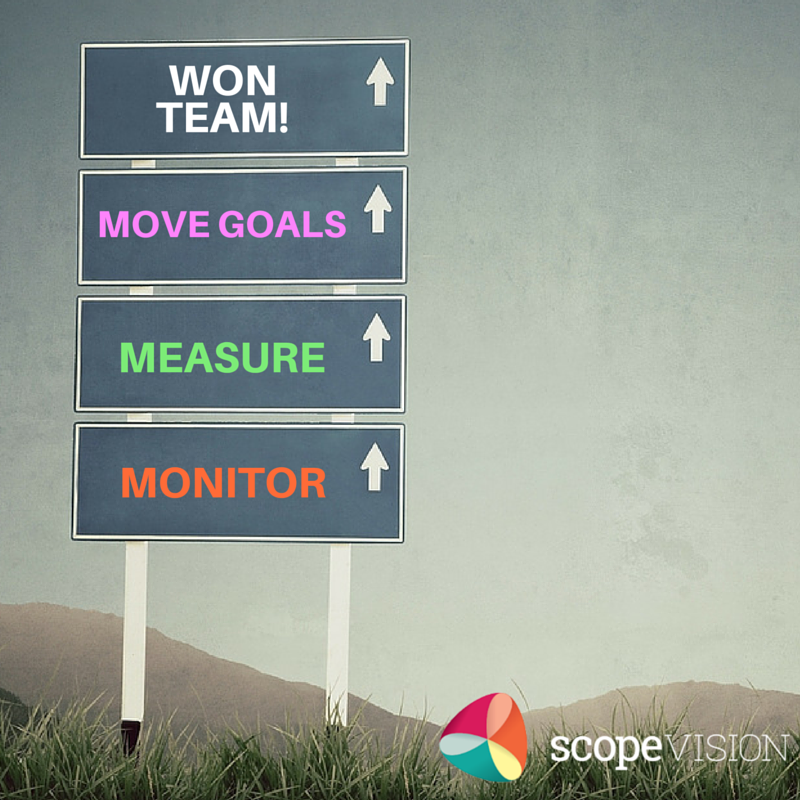Having recently facilitated at a leadership team’s quarterly planning workshop in Melbourne, I was reflecting on the flight home on the impact I would see from the team in 12 months’ time.
They are fortunate to work for an organisation whose vision is growth and whose corporate strategy is aligned to delivering an increase in market share and brand identification. Their team vision for the year….won team! I loved it!
They were determined to strive for more than just average, buoyed by the capabilities and diverse talent they held within the team. Will they succeed, I pondered? [Only time will tell]. But what are the indicators that will determine their success and failure, I mused over on the flight back to Perth; monitoring, measuring and moving team goals was my response.
More organisations are contributing to the evolution of virtual based teams, leveraging effective use of technology and reaping the benefits of the positive impact they can have on morale.
The virtual office brings with it a greater degree of freedom, adaptability and autonomy. Its challenge however lies in the management of team communications; if not vigilant, virtual team members can have a tendency to over rely on email. So how can a virtual team set themselves up for success?
Agreeing on how they are going to do business together is certainly a starting point. It was heartening to hear that this national team’s strategy was to use less email and more face to face communication strategies as the back bone of their communication model. This mindset, coupled with a cloud based ‘dashboard’ to capture project collaboration, was sure to see transparency, accountability and team cohesion remain high….in spite of their individual locations.
But would this be enough? Enthusiasm and motivation is high for now….but how long would it remain? What else did they need to focus on if they were to indeed be ‘won team’?
The key now I surmised would be the 3 M’s: Monitoring, measuring and moving of team goals. It seems relatively easy to establish and action plan team goals at the beginning of each quarter; why then is it more difficult for teams to achieve them? My perception….a set and forget mentality unfolds.
If you want to be ‘won team’, you need to monitor, measure and move team goals collaboratively.
Business is an evolving organism. Priorities quickly change as organisations seek to respond to market changes and opportunities. It is impossible to foresee the market conditions that will unfurl in 12 months’ time.
The role of any leadership team is to react, adapt and create opportunities as they arise. For this team to win, they will need to keep their eye firmly on the action plan. Move it, mould it, or manage it as needed, is going to be the right response. Neglect it, revisit it quarterly and refrain from collaborating on it, will see ‘won team’ fast become ‘average team’.
If you have tips and tricks on how to monitor, measure and move your team goals….or how to effectively work within an virtual team…. leave them below or comment on Facebook or LinkedIn…. we always value hearing your thoughts and opinions!












![Weapons of Mass Referrals [Are your referrals costing you?!]](https://images.squarespace-cdn.com/content/v1/54b0d5cbe4b090b197f09ccb/1456211366431-W98GV7621B23TT8FY3EP/image-asset.jpeg)











